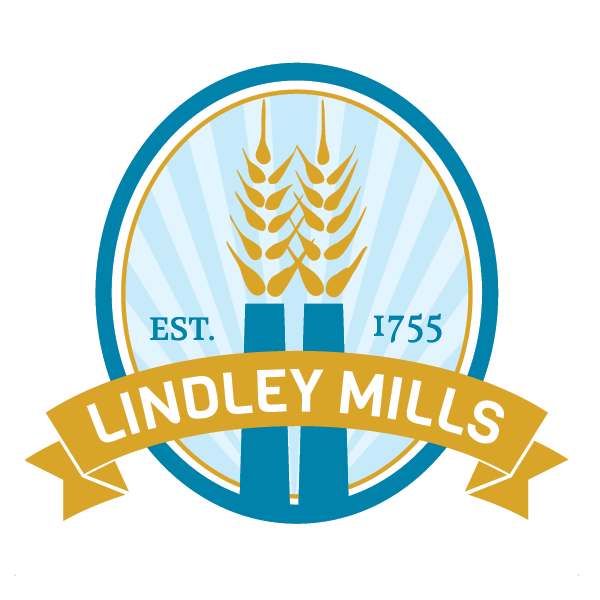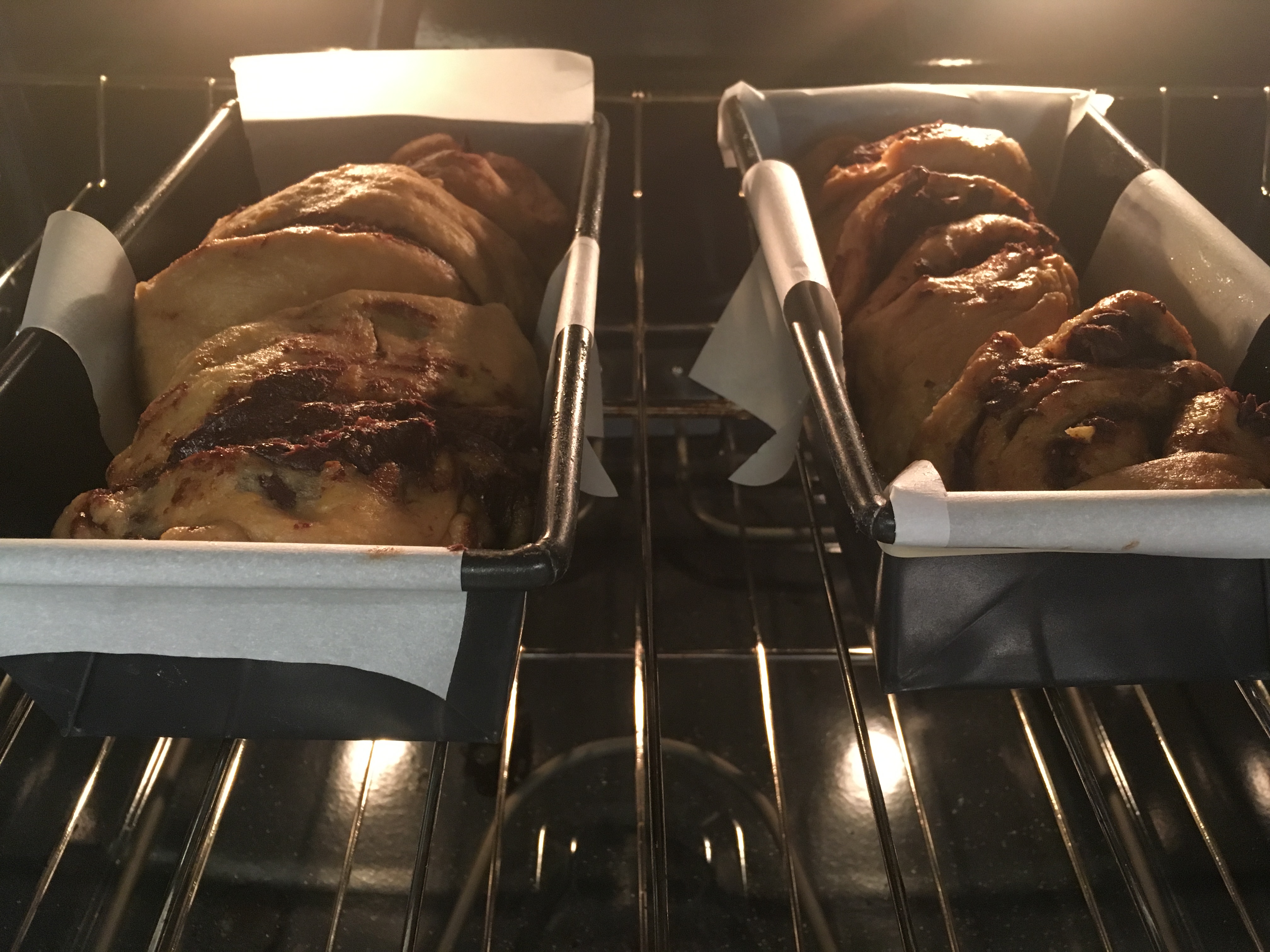Last week we gave you some of our favorite baking tips on ingredients. This week it's all about getting the right temperature! Bread is a living thing and will react to its environment. Yeast in particular is very sensitive to heat or water temperature and can make a big difference in how your bread rises.
1. Getting the right temperature water for your yeast is critical.
Yeast has a preferred liquid temperature somewhere between 85-105 degrees Fahrenheit. Too hot and you will kill the yeast, too low and it won’t activate correctly. Remember that your body temperature is likely around 98 degrees Fahrenheit, so you don’t want water that feels hot to the touch, just lukewarm. This is the same whether you are using active dry or instant yeast in your baking. When making sourdough or using your own preferment, follow the instructions on your recipe, but remember that the temperature still has a big impact on the rise of your bread.
2. Keep your oven as hot as possible.
This means limiting the number of times you open the door and closing it quickly as you load your dough. Have an extra hand to help you manage the door if you can and restrict yourself to using the oven light when checking on your bread. You can lose as much as 50 degrees of oven heat every time you open the door which can extend the time you need to finish the bake.
3. If you have stone or granite countertops you may not want to knead or proof your bread directly on a cold surface.
While wood is generally considered best for baking, some of us can only wish for nice wooden bench tops in our kitchen. Cold granite can pull heat out of your dough and slow proofing activity. One way to avoid this is to put another layer in between the dough and the counter. I like to use a large cutting board with friction ‘bars’ on the bottom. This minimizes sliding and provides a good temperature barrier. It isn’t perfect, but it doesn’t slow my dough down.
4. Proofing your dough in an airtight and warm space can reduce rise time.
While a longer rise time can create a different taste in fermented breads, sometimes speed is necessary. Placing your proofing dough in the oven (while it’s off of course!), can speed up the rise of your bread, especially when it’s chilly in the house. Placing it in a sealed ‘container’ like the oven allows it to maintain more heat than it can sitting out on the counter and keeps drafts from pulling the heat away. If you are lucky enough to have a double oven, you can preheat the bottom oven to its lowest setting while your bread proofs in the oven above.
Check out our other baking tips on our last baking blog about ingredients!




